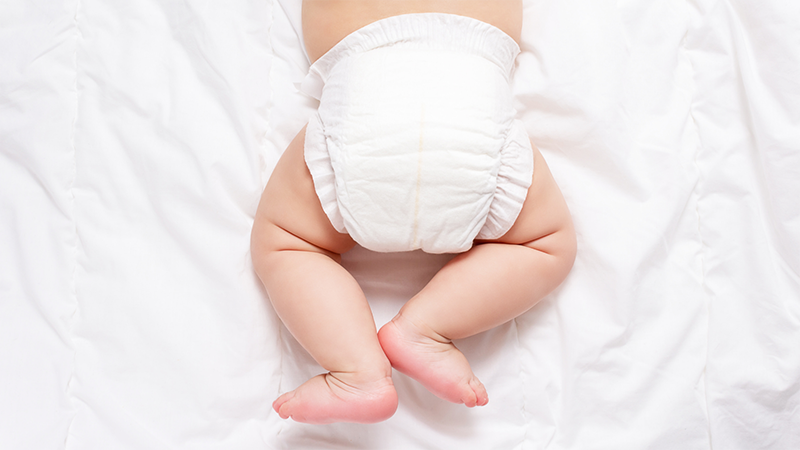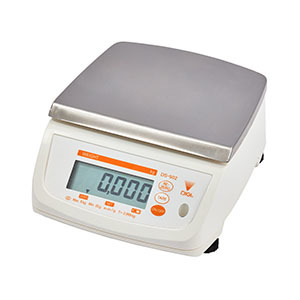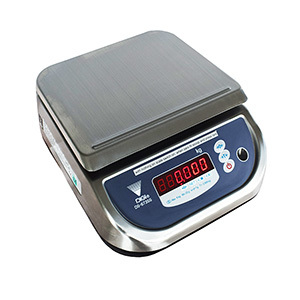Best Practice: How to Weigh Nappies

Measuring urine output by weighing nappies is common practice in neonatal intensive care. The most widely used technique in the UK is to weigh the nappy before and after a period of nursing care. However, this runs the risk of contamination and evaporation affecting estimations. So here is how it should be done.
How to Weigh Nappies
For weighing nappies you would need a highly accurate scale with metric measurement. The first task to carry out is to weigh the nappy before use. Turn the scale on, ensure that the scale has been zeroed, place the item on the scale and the weight will be displayed.
You can use the Tare function to remove the weight of this nappy from the scale’s display. This means, when you weigh the soiled nappy later, the scale will only show the additional weight. Accurately measure the amount of liquid consumed in millilitres, so you know what the intake is.
After several hours, weigh the nappy again. If the weight shown on the scale is significantly less than the intake, this should be investigated further.
Lucy Thomas of Great Ormond Street Hospital told us: “On the renal ward all nappies are weighed pre use or there is a chart in the sluice with an average weight of each size of nappy. The nappy is then weighed post use and the pre weight deducted from this. The final weight is then recorded on the fluid balance chart.”
Cooke et al have recommended that nappies should be weighed every two hours using this technique.
Additional Humidity is Recommended
A study by Oddie et al said, “Estimating urine output by weighing nappies is robust provided that infants are nursed in some sort of additional humidity.”
Their investigation involved an incubator set at 39°C. Nappies were pre weighed before sodium chloride was added to them, they were weighed again before being placed in an incubator. They were then reweighed on a regular basis throughout the next few hours. Only nappies nursed in no additional humidity had evaporative weight loss.
“Our findings are mostly for extremely preterm infants, with low urine outputs,” said the report.
“One practical consequence of this study is that we have bought new scales (weighing in increments of 1g to replace scales in increments of 5g) for weighing nappies to assess urine output.”
Scales for Weighing Nappies
There are a number of appropriate scales for weighing nappies, but two points that you should consider when buying a new scale for this purpose are if they are waterproof, and whether they are industry approved for high accuracy.

The Digi DS-502, pictured above, is IP65 rated and splashproof, so it can be wiped down to keep the scale hygienic. It is available with a 1g accuracy and the four C-size batteries provide 1000 hours of use.

Alternatively, the Digi DS-673SS, pictured above, is IP68 rated so can be washed down after use. The scale is available with a high accuracy to 1g and a bright LED display. Both scales are Class III Approved
For more information about any of our scales, call 01709 364296 or contact us.
Further Reading
Discover our related articles and products below:
What are Class III Approved Scales? | Blog
Why is it Important to Weigh Babies? | Blog
Should I Weigh My Baby at Home? | Blog
Discover Our Full Range of Baby Scales | Product Category